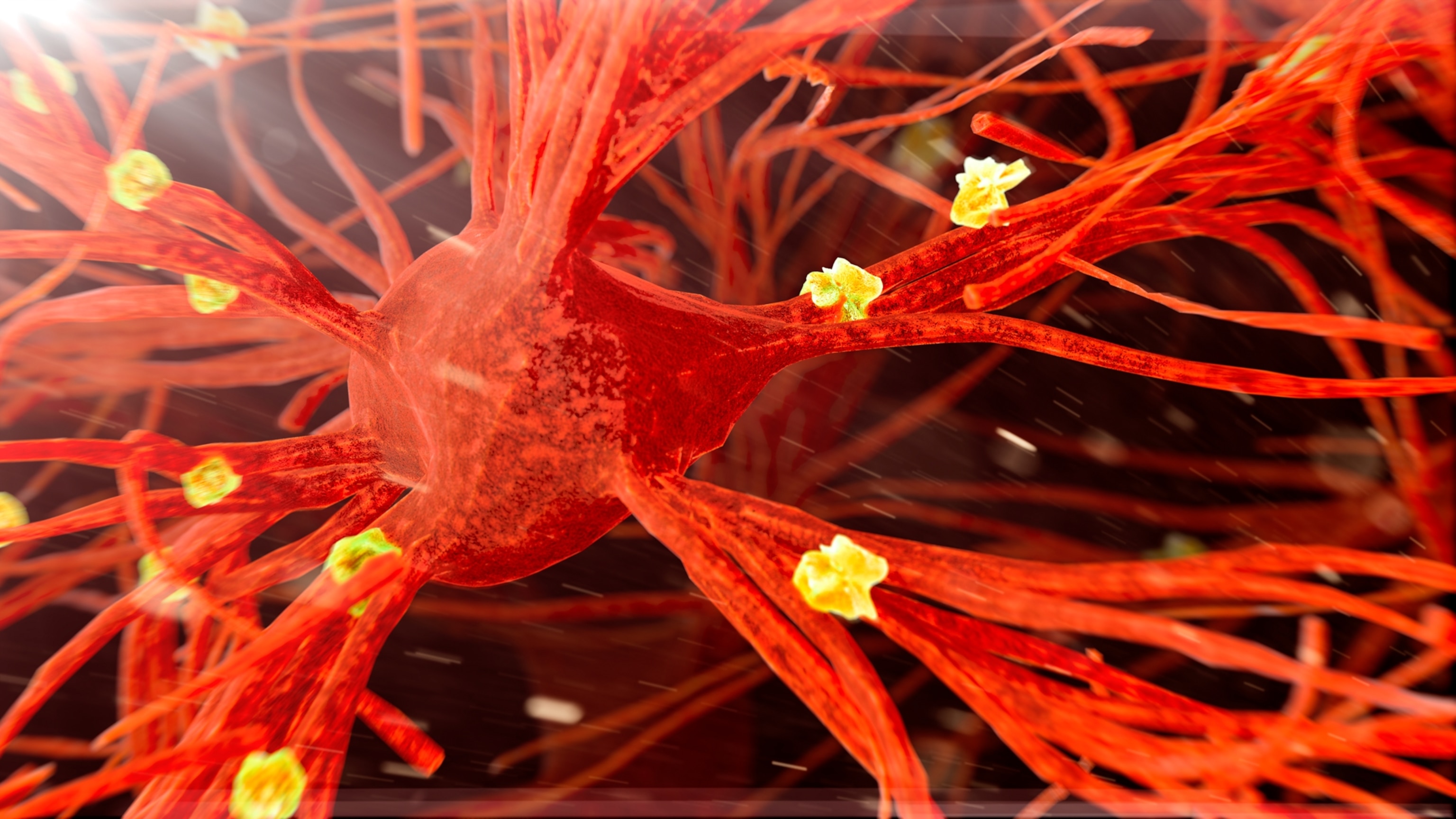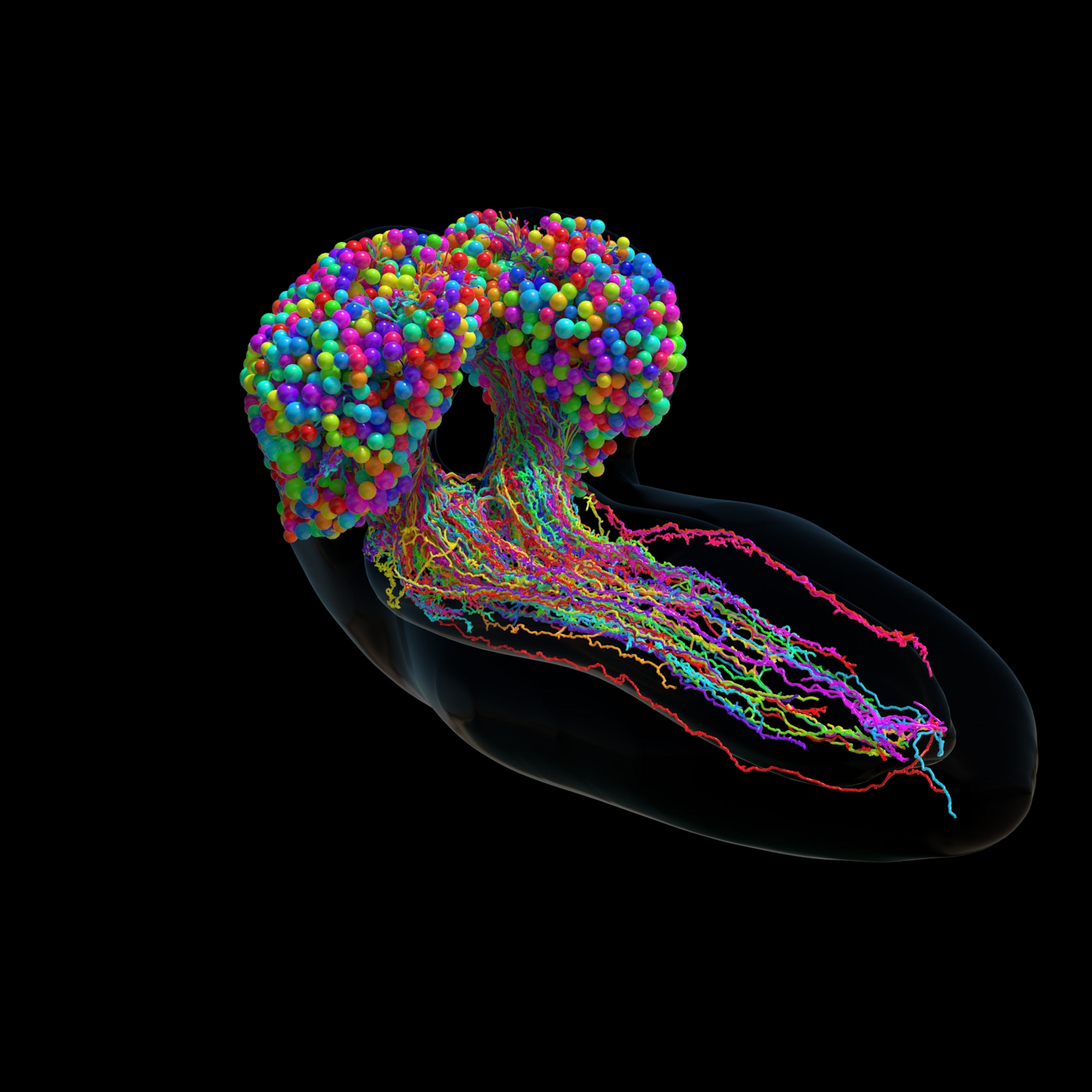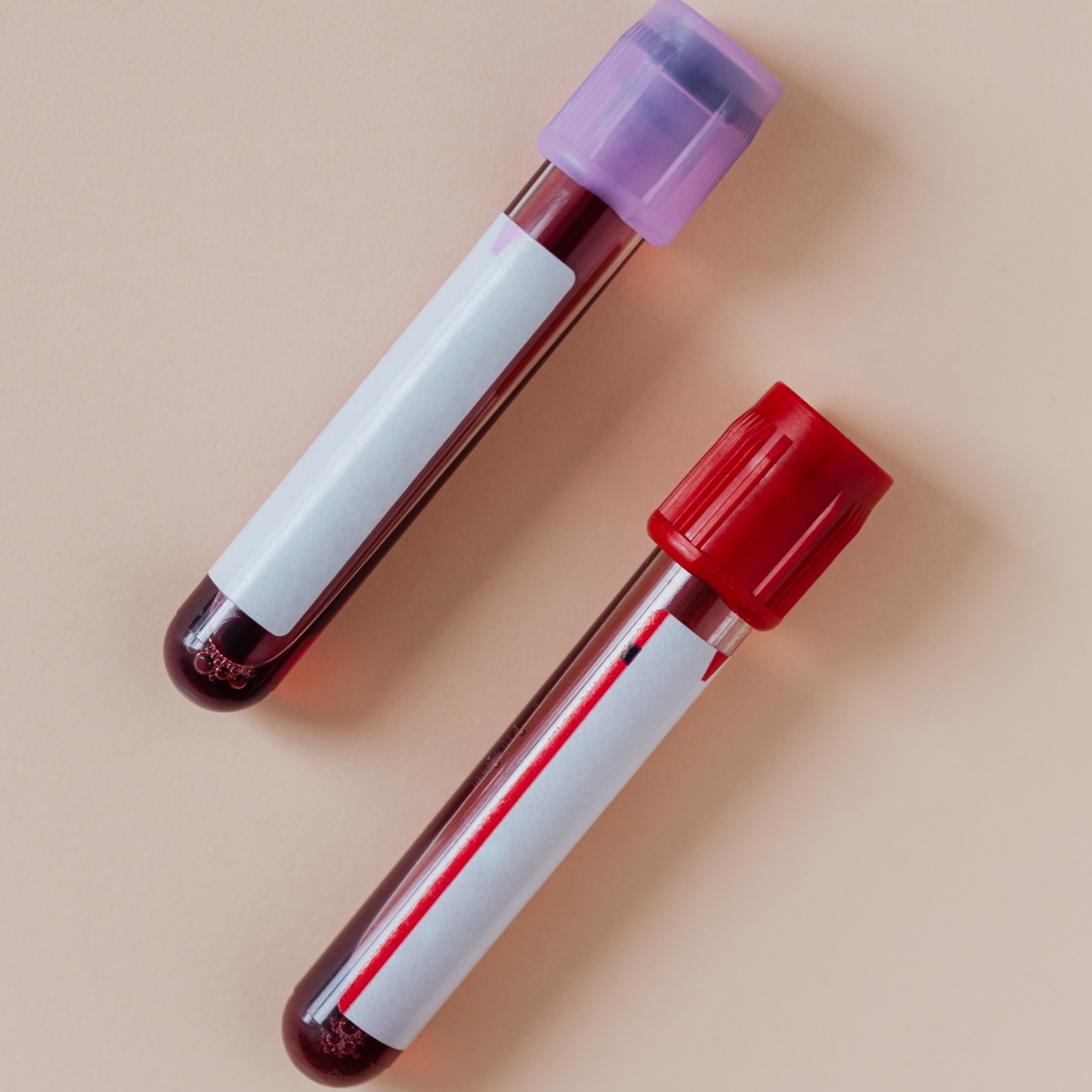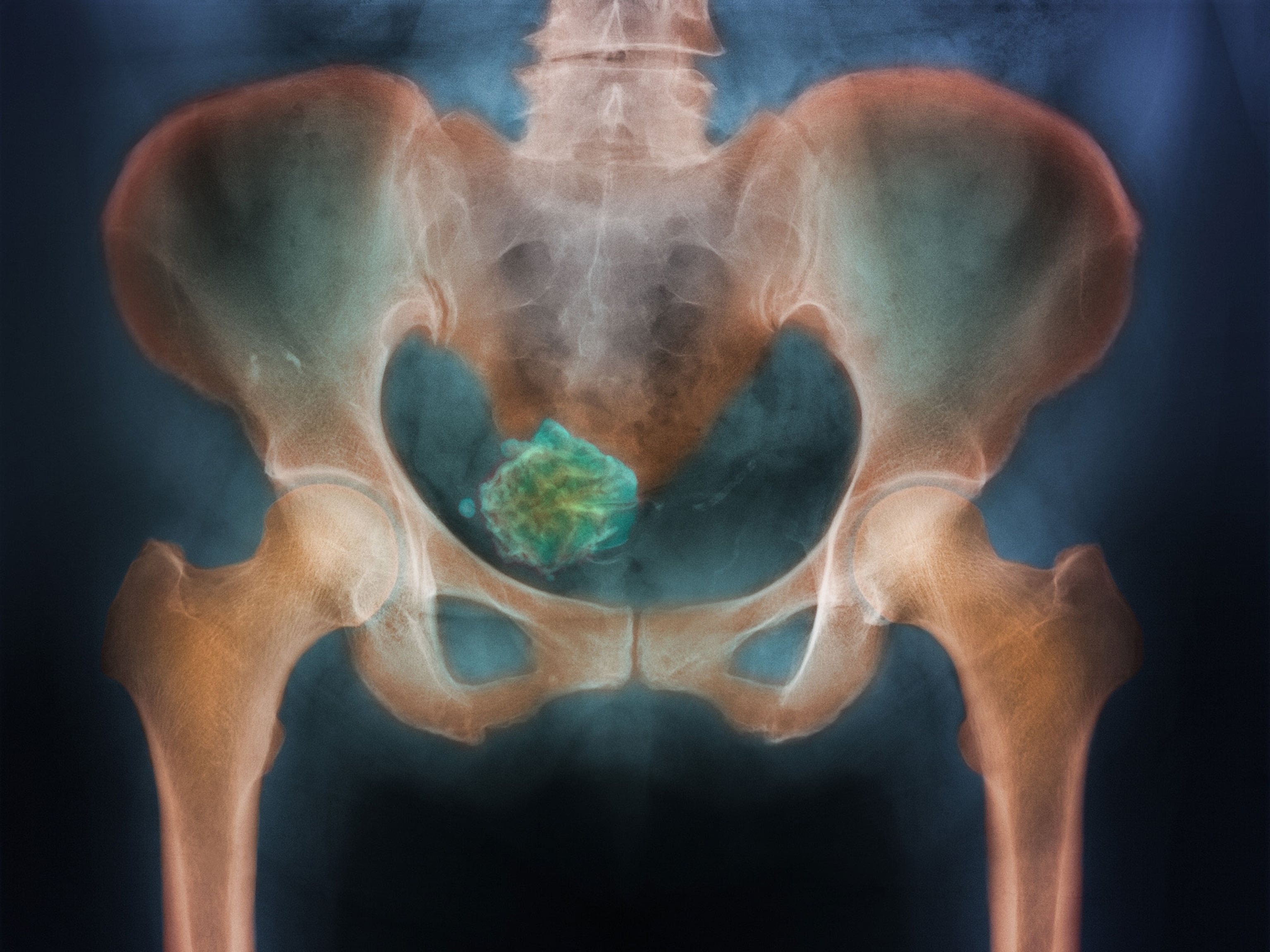7 medical breakthroughs that gave us hope in 2024
Pig-to-human kidney transplants. A blood test for Alzheimer’s. Birth control without a prescription. These were just a few of the advancements in health and medicine in 2024.

This year was an exciting one for discoveries. While leaps in artificial intelligence and computational tools made much of the news, there were many other cutting-edge and fascinating discoveries across biology and medical science.
For instance, scientists learned how to replace heart valves that can grow with age. They developed blood tests that can easily detect a disease that affects one in nine people over age 65. And we got closer to understanding why women are more vulnerable to a slew of autoimmune diseases. Seven of the most notable breakthroughs in 2024 are:
1. A birth control pill without a prescription
This year the first-ever birth control pill became available in the United States without a prescription. The U.S. Food and Drug Administration (FDA) had approved the daily oral medication, Opill, last year and it is now available to anyone regardless of age, insurance coverage, or whether they've seen a doctor.
(Birth control options for men are advancing too. Here's how they work.)
Unlike regular combination birth control pills that contain two female hormones, estrogen and progesterone, Opill contains only progestin, a synthetic mimic of progesterone. Progestin-only pills, or the “minipills,” generally have fewer side effects and can even be taken by those who are breastfeeding, have high blood pressure, or have a history of blood clots.
2. Replacement heart valves that continue to grow
In a first-of-its-kind, partial heart transplant, doctors gave a baby boy born with faulty heart valves a set of fresh valves that continue to grow with him.
Although surgery to replace faulty heart valves with mechanical or biological replacements has been around for over 60 years, the replacement valves do not grow or repair themselves, or, in the case of mechanical valves, patients must take drugs for the rest of their lives to prevent blood clotting.
In this new surgery, however, the baby was given the heart valves from an infant who had properly functioning valves and arteries but needed a full heart transplant. Because the transplanted valves were living, they continued to grow and repair just like a transplanted heart.

3. Doctors transplanted organs from pigs to humans
This year, doctors successfully transplanted several organs from pigs into humans—a breakthrough that could open new possibilities for people languishing on transplant waitlists. Several of these procedures involved the kidney, which is the most common organ needed for transplant with demand only rising due to accelerating rates of end-stage kidney disease.
(Here's how scientists are resurrecting mostly dead organs.)
First, surgeons in Boston gave a 62-year-old man a kidney from a pig donor, which had been genetically modified to remove harmful pig genes and added human genes to improve compatibility. Scientists also inactivated pig viruses to eliminate any risk of infection in humans. Then, doctors in New York double-transplanted a gene-edited pig kidney and thymus gland to aid against rejection.
On the more experimental front, doctors in China also transplanted a pig liver into a clinically dead person. The liver continued to produce bile during the 10-day study.
However, there is still much to learn before these interspecies transplantations, called xenotransplantation, become common. None of these patients lived for long after getting the pig organs, although they died due to unrelated reasons. Research shows that the rejection of animal organs goes through a very different process than those rejected from a human donor, so scientists have yet to overcome all the hurdles.
4. A blood test to detect Alzheimer's disease
Scientists in Sweden have developed a blood test that can identify Alzheimer’s disease in older adults with about 90 percent accuracy.
Currently, an accurate diagnosis of the disease requires either a sample of cerebrospinal fluid or brain imaging with a PET scan. However, those diagnostics cannot be performed in primary care clinics, where a doctor generally first sees a person with cognitive complaints.
(Will the new Alzheimer's blood test lead to better treatments?)
The new test, PrecivityAD2, measures the ratio of multiple key biomarkers of Alzheimer’s disease in the blood. Experts told National Geographic earlier this year that it could expand access to testing and speed up diagnosis—allowing people to start treatment earlier. However, the FDA has not yet approved this test, and it is not currently covered by Medicare, Medicaid, or private insurance.


5. A single shot for COVID-19 and flu
It’s hard enough to get people to take one shot let alone get both the COVID-19 and flu vaccines every year.
But a combination vaccine that can protect against both COVID-19 and influenza could become available as early as 2025. A combo RNA vaccine tested by Moderna showed a better immune response than individual vaccines, with similar safety and tolerability measures during trials. However, another RNA vaccine by BioNTech and Pfizer fell short of total flu protection, while clinical trials for a third combo COVID-flu shot by Novavax, were delayed due to safety concerns, which were later found to be unrelated to the shot.
This year also saw advances in how we diagnose both these diseases caused by different viruses but with overlapping symptoms. In October, the FDA authorized an over-the-counter rapid test that can detect both COVID-19 and the flu. The three-in-one test can detect the presence of viral proteins from both COVID-19 and influenza A and B in nasal swabs in 15 minutes. However, just like other in-house rapid antigen tests, if someone tests negative but continues to have fever, cough, or shortness of breath, they should still see a healthcare provider to rule out a possible false negative.
6. A better understanding of why women are more likely to develop autoimmune diseases
Autoimmune diseases, such as lupus and rheumatoid arthritis, overwhelmingly occur in women. In fact, women account for over 78 percent of all cases of autoimmune diseases, which are marked by the immune system turning on itself. And the reasons are unknown.
(Here's what we do know about women and autoimmune diseases.)
But scientists discovered this year that a faulty mechanism that is supposed to shut down one of a woman’s two X chromosomes might be to blame.
Men have one X chromosome, but women have two. Since we only need one functioning X chromosome, normally the second chromosome is silenced throughout the body's cells. The new research suggests that a protein that silences the X chromosome may trigger autoimmune diseases. Experts told National Geographic earlier this year that while mechanisms linked with X chromosome inactivation seem to explain the sex differences in some autoimmune diseases, more research is needed to understand its implications.
7. A drug to reduce the risk of allergic reactions to peanuts
The FDA has approved a drug, omalizumab, for use in people aged one year and older to reduce the risk of allergic reactions to peanuts and other foods—a relief to many parents. More than one in 10 people in the U.S. have a food allergy, and it is more common in children, especially toddlers and infants. A reaction can occur within minutes or hours after eating an allergic food, and symptoms can range from mild to life-threatening.
Under the brand name Xolair, this drug has been used since 2003 to treat moderate-to-severe allergic asthma in adults and adolescents. New research published this year showed that omalizumab can also significantly reduce the risk of food allergy to peanuts and other foods after about four months of treatment. However, the drug, injected every two or four weeks, does not cure food allergies, and patients must continue to avoid foods with allergens in them.








